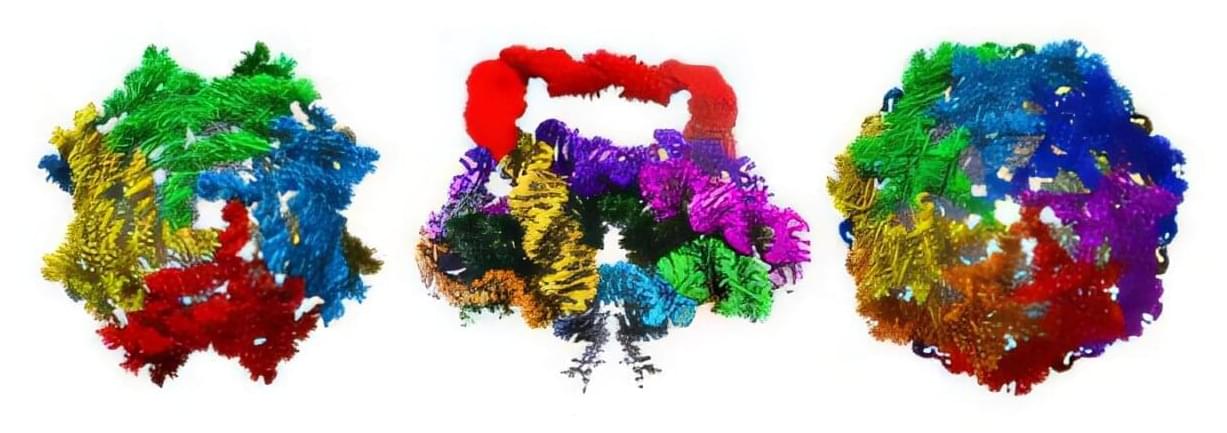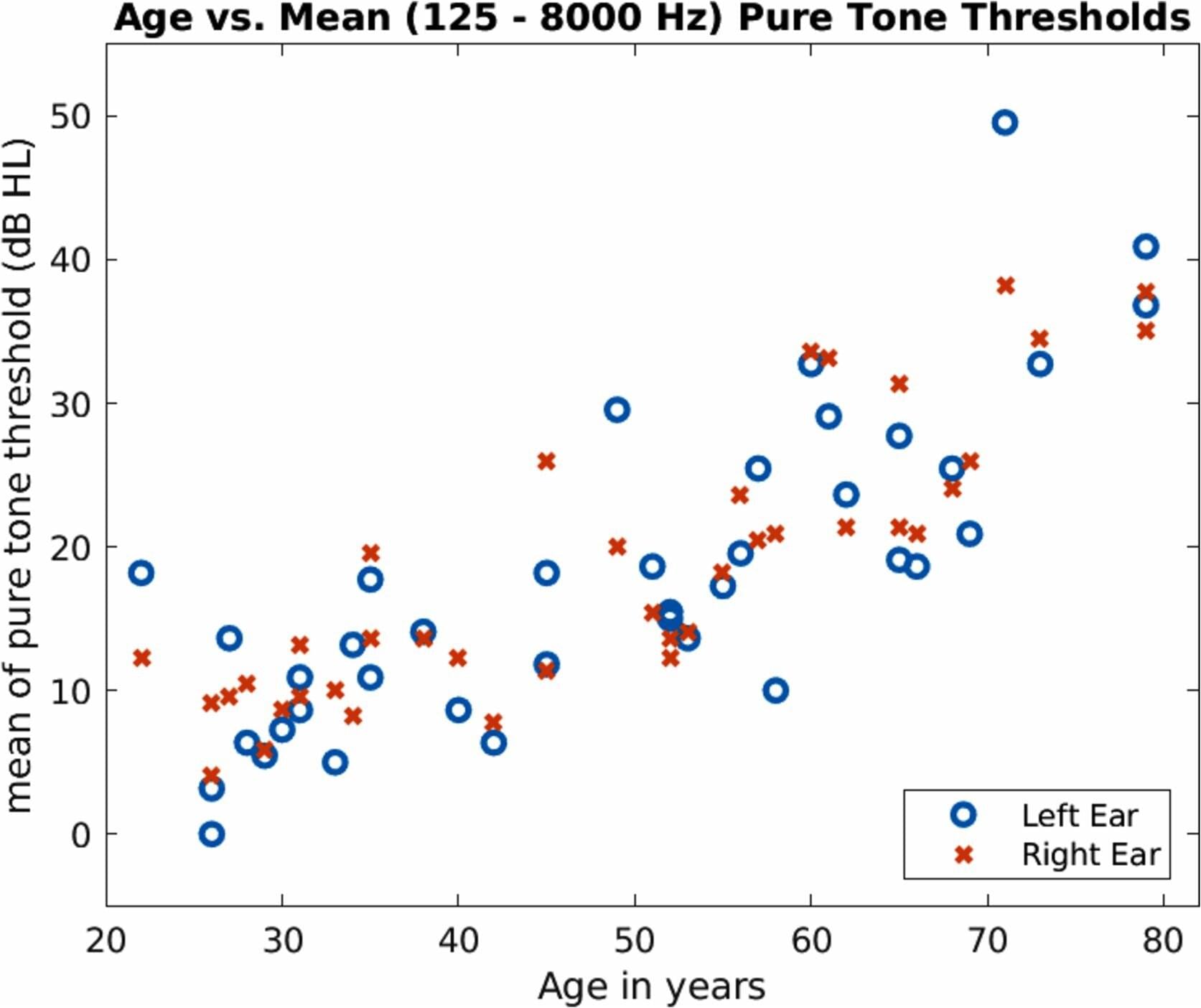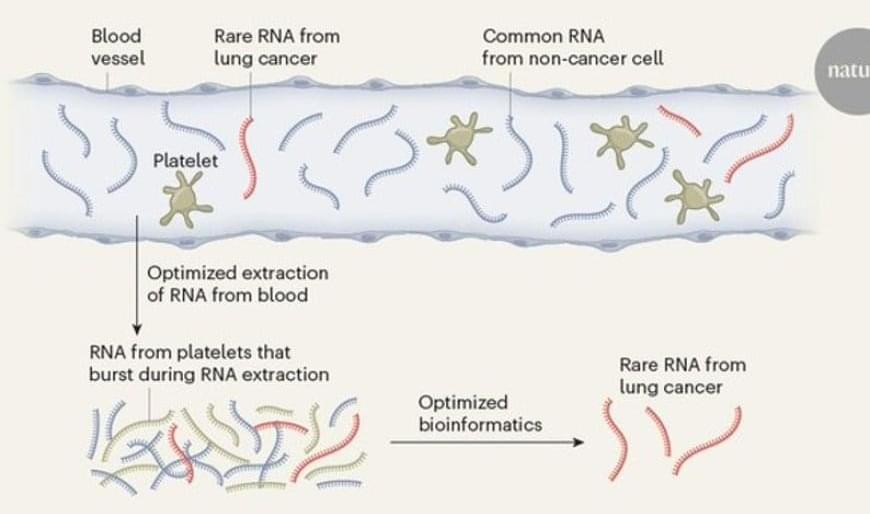NASA scientists, in collaboration with researchers from Japan’s University of Toho, have used supercomputers to model the far future of Earth’s habitability. Their findings offer a clear—if distant—timeline for the end of life on our planet.
According to the study, the Sun will be the ultimate cause of the end of life on Earth. Over the next billion years, its output will continue to increase, gradually heating the planet beyond the threshold of life. The research estimates that life on Earth will end around the year 1,000,002,021, when surface conditions become too extreme to support even the most resilient organisms.
But the decline will begin much earlier. As the Sun grows hotter, Earth’s atmosphere will undergo significant changes. Oxygen levels will fall, temperatures will rise exponentially, and air quality will worsen. These shifts, projected through detailed climate change and solar radiation models, map out when life on Earth will end, not as a sudden collapse but as a slow and irreversible decline.









